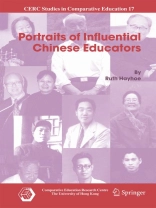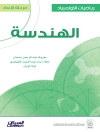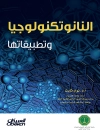Portraits, whether graphic or verbal, have distinct purposes and values. Through deliberate selection, they seek to reveal and, thereby, to illuminate. In their literary form, selection of content and style ensures that they do not presume to achieve the status of fully-fledged biographies. Even so, a carefully brush-stroked, multi-layered and richly textured pen-portrait is capable of revealing much about both character and circumstance. And what it reveals is likely to be different from and far more profound than any insights permitted by other miniatures, such as simple snapshots or polemical caricatures. Professor Ruth Hayhoe has produced a whole gallery of valuable portraits in the present book. For a book in the present series, however, a key question remains. How and why may pen-portraits of eleven influential educators, from a single country and within roughly the same time frame, contribute significantly to the literature of comparative education? My own answer to this question is simple. This particular gallery makes its important contribution in two main ways and for a number of good reasons. The ‘How?’ part of the question clearly involves process, especially methodological process. A portrait typically involves both foreground and background features. Some of the most effective portraits seem to encourage their observers to recognize interplay between foreground and background.
Содержание
Creating the Portraits — An Interpretive Framework.- Wang Chengxu — A Leading Figure in Comparative Education.- Li Bingde — Pioneer of Learning Theory and Educational Experimentation.- Zhu Jiusi — A Visionary University Leader.- Pan Maoyuan — Founder of Higher Education Studies in China.- Xie Xide — An Outstanding Scientist and Educator.- Wang Fengxian — A Leading Philosopher of Education.- Wang Yongquan — Higher Education Thinker and Leader.- Gu Mingyuan — Comparative Educator and Modernization Theorist.- Lu Jie — A Woman Educator of Standing.- Liu Fonian and Ye Lan — Influential Educators of Two Generations.- Comparative Reflections on the Portraits.












